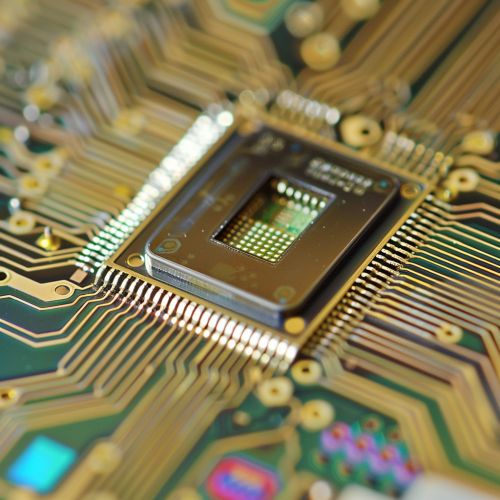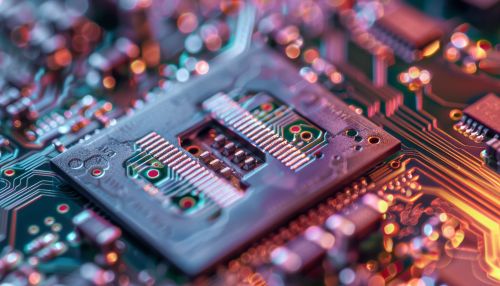Complementary metal–oxide–semiconductor
Introduction
The Complementary metal–oxide–semiconductor (CMOS) is a type of semiconductor device used in digital circuits. CMOS technology is used in microprocessors, microcontrollers, static RAM, and other digital logic circuits. CMOS technology is also used for several analog circuits such as image sensors, data converters, and highly integrated transceivers for many types of communication.


History
The CMOS (Complementary Metal-Oxide-Semiconductor) process was developed by Chih-Tang Sah and Frank Wanlass at Fairchild Semiconductor in 1963. The CMOS process technology has driven the semiconductor industry for more than five decades.
Working Principle
The CMOS architecture uses both PMOS (p-type Metal-Oxide-Semiconductor Field-Effect Transistors) and NMOS (n-type Metal-Oxide-Semiconductor Field-Effect Transistors) to create logic functions. NMOS transistors are faster than PMOS transistors due to the mobility of electrons, which is higher than the mobility of holes, but they are less immune to noise.
CMOS Logic Gates
In digital electronics, a logic gate is an idealized or physical device implementing a Boolean function, a logical operation performed on one or more binary inputs that produces a single binary output. CMOS technology is widely used for implementing digital logic gates in digital circuits.
Advantages of CMOS
CMOS technology has several advantages. The most significant advantage is the extremely low power consumption when in a static state. Additionally, due to the complementary output, CMOS logic resistance to noise is high.
Disadvantages of CMOS
While CMOS technology has numerous advantages, it also has some disadvantages. The most significant disadvantage is the high cost of the CMOS fabrication process. Additionally, CMOS technology is susceptible to damage by static electricity, which can lead to the need for special handling procedures during device fabrication, packaging, and system assembly.
Applications of CMOS
CMOS circuits are found in several types of electronic components. They are most commonly found in digital logic circuits, but they are also used in other applications, such as analog circuits, image sensors, and highly integrated transceivers for many types of communication.
Future of CMOS
With the development of nanotechnology, the future of CMOS technology is promising. The use of nanotechnology in CMOS circuits allows for a significant increase in the number of transistors that can be placed on a single chip, thus increasing the processing power of the chip.
